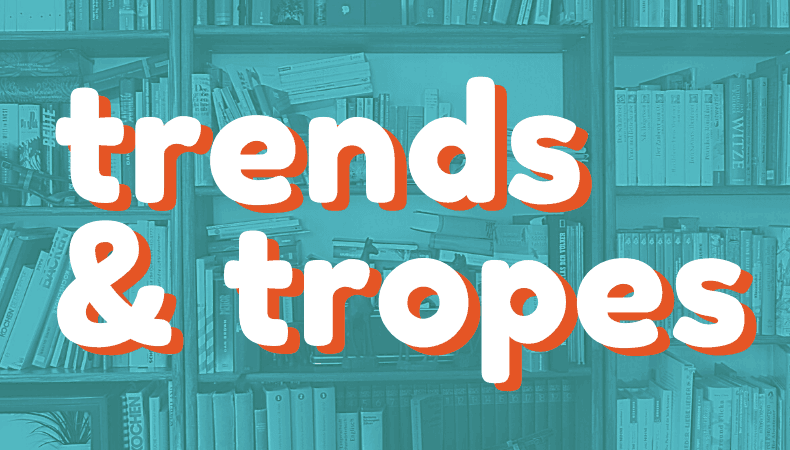What does the collective unconscious have to do with children’s math literature? It may unwittingly stock our brains with images of “what a mathematician looks like” (no cheating: did you think of Einstein?) or “what a math hero looks like” (did you see a mini-version of a scientist from Big Bang Theory?).
Our minds and emotions are not our own — unless we acknowledge the cultural soup we swim in every day. If we do not bring this cultural sludge to the surface and question it, we unthinkingly recreate it.
Just as with any other cultural minority, we are still in an era when popular culture and media representations of “math kids” and “math adults” can be sadly limited.
This is why, whenever the Mathical Selection Committee receives a well-crafted middle-years novel, a chapter book adventure, or even a picture book, in which all kids are recognized as potential and current math thinkers, the group rejoices.
This is why, conversely, the group groans whenever the next novel arrives that pigeon-holes living / dead / real / imaginary mathematicians in tight roles such as “math genius” or “math freak.”
You know these tropes. The math genius is the kid who is brainy and sort of above everyone else, but also out of touch with reality. Maybe their sheer mental abilities help to solve mysteries in the nick of time, but they are not someone who typically has a lot of friends, and if you meet them, you might have a hard time relating to them on a personal level.
This identity overlaps with the trope of the math freak. This is a social misfit for whom math is the redeeming bridge to mainstream society. This kid may have a few good friends, if not at the start of the book, then certainly by the end. There may be a reunion moment with the wider social group at the book’s climax, where the math freak exchanges their math savvy for social credibility.
Both tropes can be transcended by complex, original storylines. But it’s awfully tired work, folks. Why not surrender to the knowledge that in real, actual life, it doesn’t have to be that way — and in fact, it isn’t that way at all? At least not most of the time.
“The committee is heartened by tales in which multiple, fully-embodied, young human protagonists show up and love math as part of who they are — in other words, math is simply part of how they see themselves, the world, and their place in life.”
This is much truer to life, and its truth shines out like a beacon. This 3-D approach gives full human dignity to young people and treats them as infinitely capable of meeting the world head-on and with a kaleidoscope of different emotions, experiences, and contingencies, where math is simply another universal human dimension.
There are more and more kids’ math-related literary books that take this more in-depth, complex, and human-storied approach. Math identity is beginning to “arrive” culturally in our conscious and unconscious imagery and understanding. The Mathical Selection Committee delights in this shift, and welcomes more books that address it.
In Trends & Tropes we invite the Mathical community to share reflections on common themes in kids’ and teens’ math fiction (and literary nonfiction too, for that matter). Much as the Mathical Selection Committee seeks to blaze a new, much broader public understanding and enjoyment of math, we also seek to break or broaden stereotypes about different ways of “being a math person” or “doing math.”
This is the second of an occasional series of posts on these topics. To suggest future topics, contact us at mathical@msri.org.
